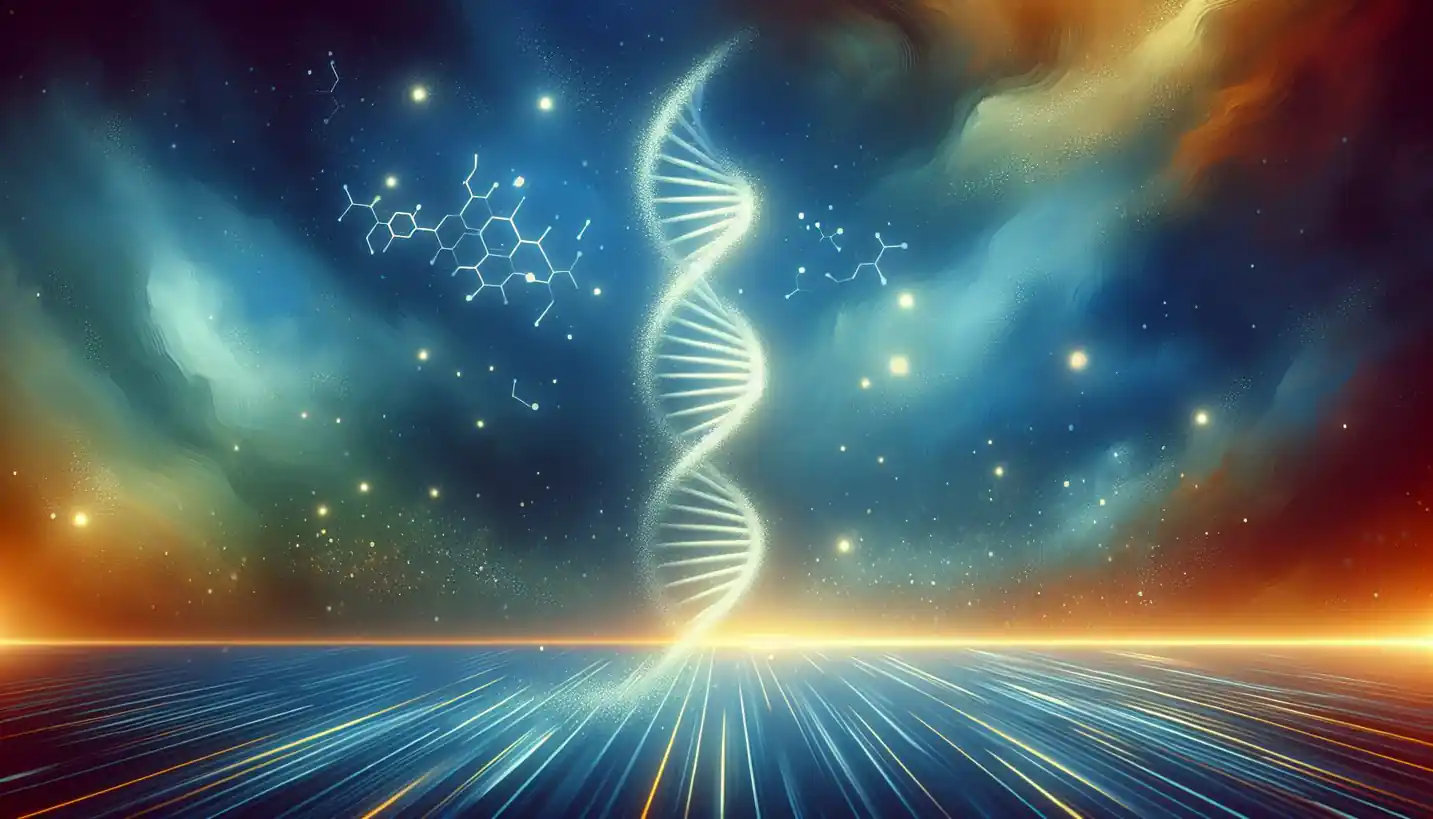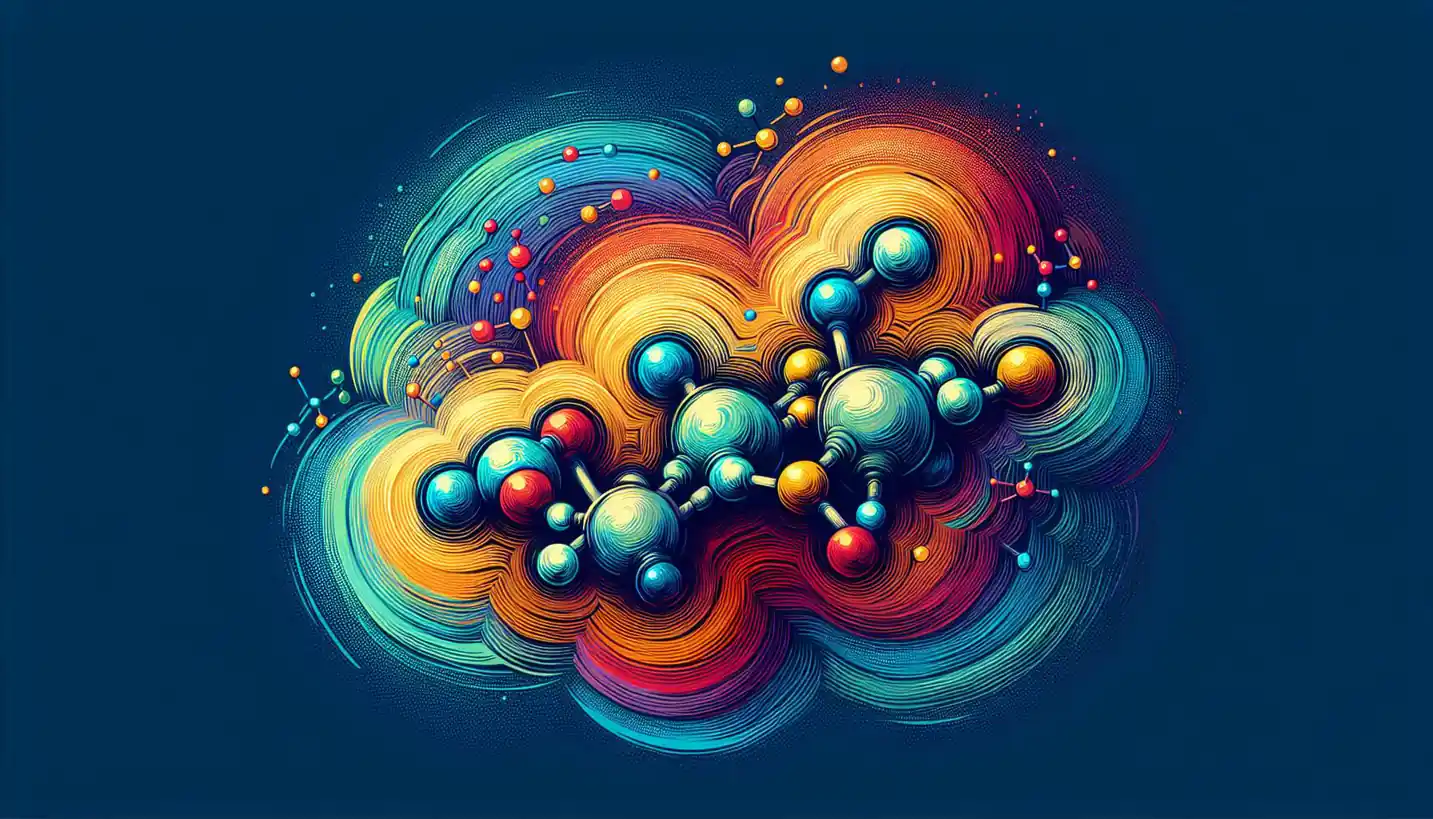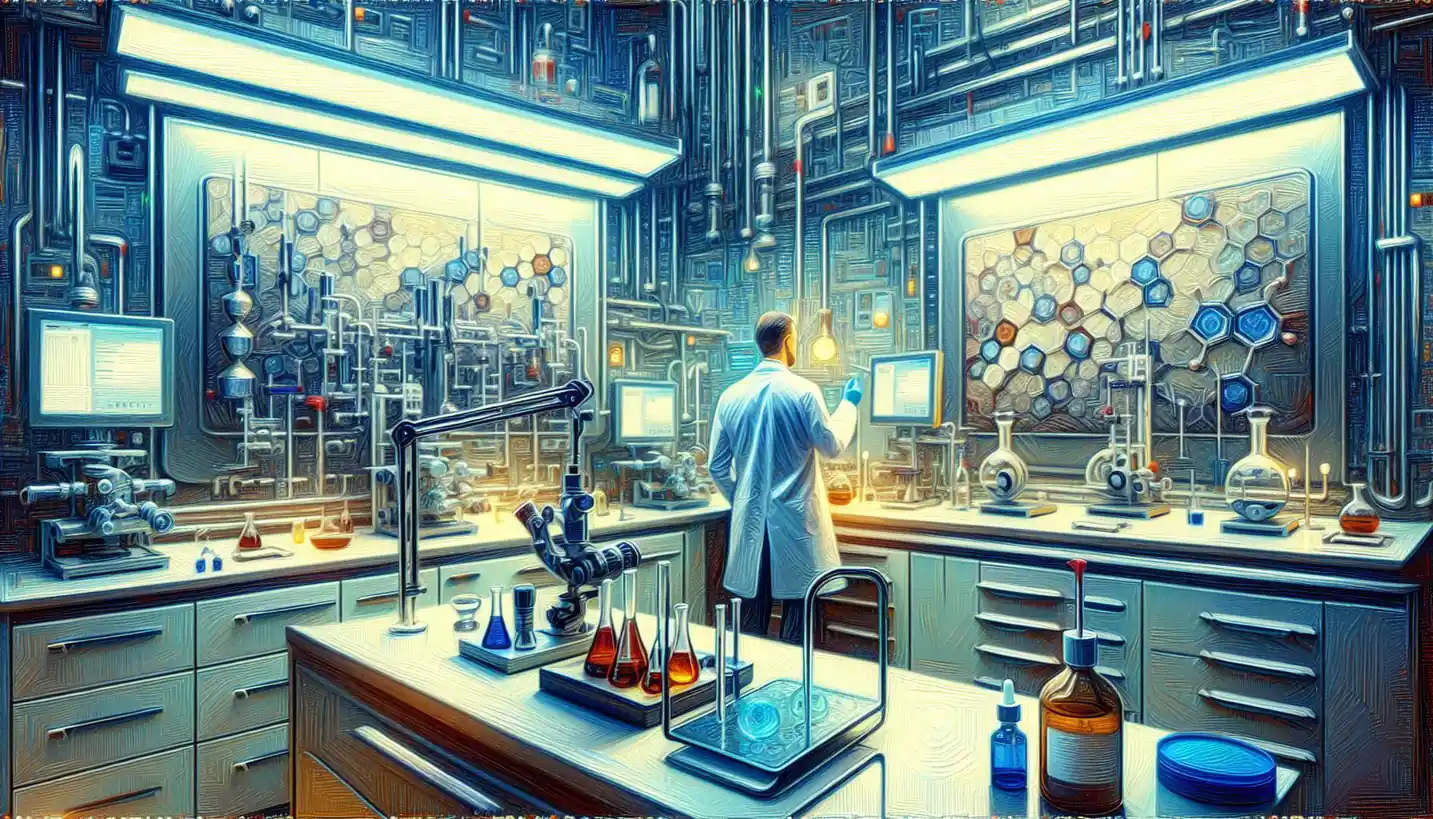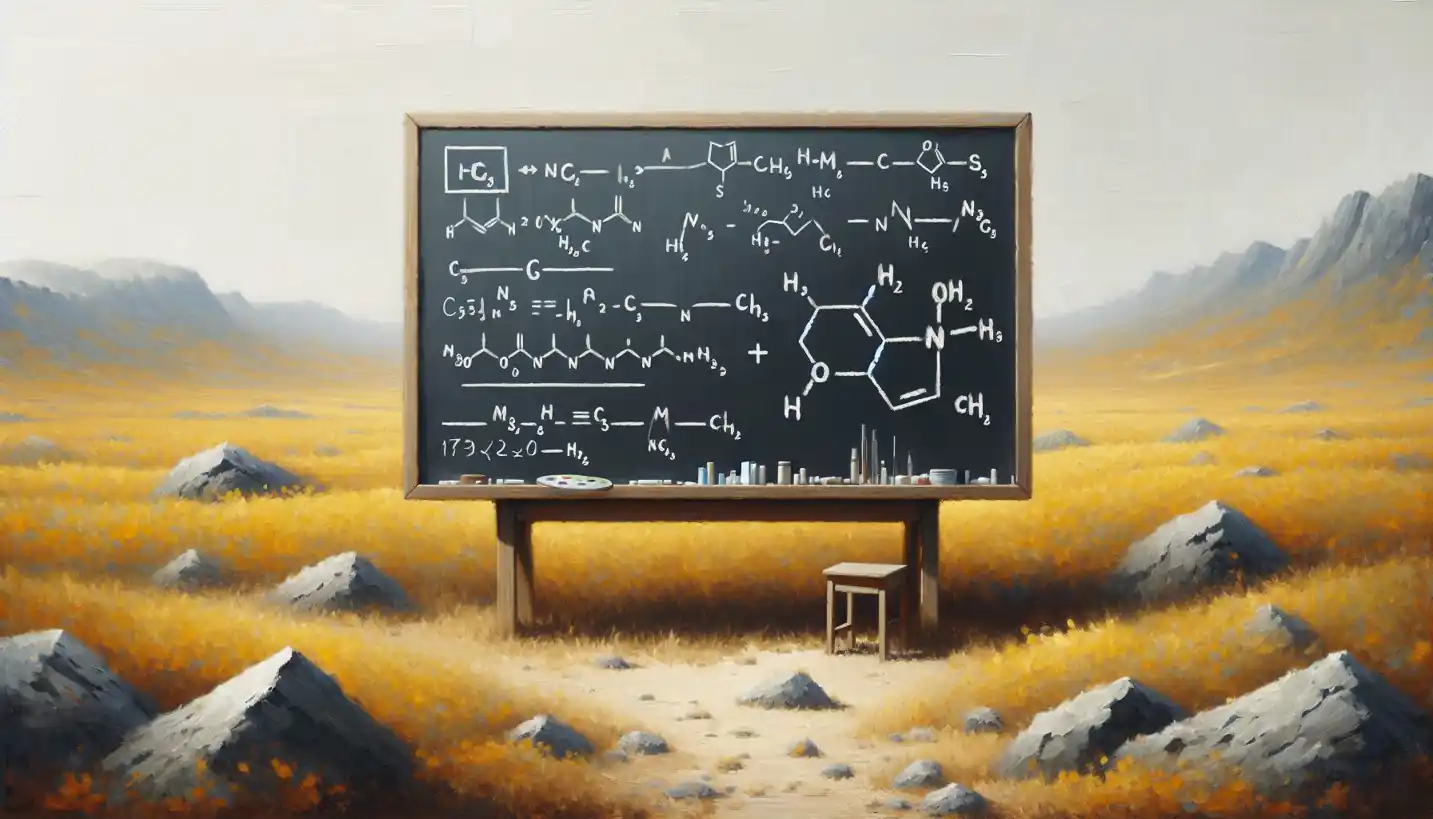· Chemistry · 4 min read
Van der Waals Forces: The Invisible Bonds in Chemistry
Van der Waals forces hold molecules together with gentle, invisible hands. Explore their subtle power in the vast universe of chemistry.

Strolling through a garden, you might catch a whiff of a rose or feel the waxy surface of a leaf. What’s fascinating is that the forces enabling these experiences, called Van der Waals forces, are happening on a level far too tiny for the eye to see.
What Are Van der Waals Forces?
Picture a room full of people. Some are chatting closely while others are engaged in distant conversations. In the microscopic world, molecules behave a bit like this, but they’re constantly jostling around. Van der Waals forces are the attraction forces between these molecules when they get close enough.
Unlike stronger chemical bonds, like ionic or covalent bonds, these forces are weaker. However, they’re essential to many physical processes. Let’s dive deeper to see how they play a crucial role in nature.
The Types of Van der Waals Forces
These forces can be categorized into a few different types:
Dipole-Dipole Interactions: Imagine holding two magnets close to one another. Just like how north and south poles attract, molecules with positive and negative ends, called dipoles, are drawn to each other. Water molecules are a perfect example. Their slight positive and negative charges cause them to align and attract each other.
London Dispersion Forces: Even in molecules without a permanent dipole, temporary changes in electron distribution can create momentary polarity. This is like a crowd occasionally shifting in a dance, creating brief attractions between otherwise neutral molecules. It’s why even noble gases like neon can condense into liquids at low temperatures.
Hydrogen Bonds: While often considered separately, hydrogen bonds are a special case of dipole-dipole interaction. Here, hydrogen atoms bond to highly electronegative elements like oxygen or nitrogen, leading to especially strong attractions. This force is why ice floats on water and why liquid water is wonderfully cohesive.
Why Do Van der Waals Forces Matter?
Despite being relatively weak, Van der Waals forces have immense importance in everyday life and scientific application.
Nature’s Superglue
Ever wondered how a tiny gecko can scale walls unapologetically? Their feet are covered in millions of tiny hairs, maximizing contact with surfaces. This close contact allows Van der Waals forces to generate an incredible amount of grip.
Shaping Biological Structures
In the world of proteins, these forces help maintain shape and function. Proteins fold in specific ways due to these interactions, crucial for cellular functions. Without Van der Waals attractions, the complex intricacies of life would unravel.
Aiding Technology
Van der Waals forces also find a place in developing new technologies. For instance, they help in creating ‘self-healing’ materials that can fix small damages on their own, making use of these subtle attractions.
The Chemistry Behind the Scenes
Now, let’s explore the sciency bits a little more. These interactions arise from the fact that all atoms and molecules have electrons buzzing around. This electron cloud isn’t always evenly distributed, which can create temporary charges. These fleeting charges lead to attractions we call Van der Waals forces.
Are Van der Waals Forces Electromagnetic?
Yes, they are! All these forces come under the umbrella of electromagnetic interactions. Although weaker than other bonds, they operate at very short distances—just like how you need to get a lot closer to hear someone whisper.
The Historical Perspective
Dutch scientist Johannes Diderik van der Waals first proposed these forces in the late 19th century. His work laid the groundwork for understanding how non-ideal gases behave, earning him the Nobel Prize in Physics in 1910. It marked a leap in grasping how atoms and molecules interact, even when not bonded directly.
Van der Waals in Your Daily Life
Imagine picking up a book. The fact that your fingers don’t slip uncontrollably off the cover is, in part, due to these forces. From how we perceive powdery versus smooth surfaces to how ice sticks together rather than crumbling to pieces, these forces are a subtle part of our everyday interactions.
What’s Next in Van der Waals Research?
Scientists are continually unraveling more about these invisible forces. Some focus on how they could affect the design of nanotechnology, where controlling these minute interactions could lead to advances in areas like drug delivery and new computing materials.
Others explore how differences in environments (like changes in temperature and pressure) may affect the strength and manifestation of these forces.
Finally, understanding these forces better can help us manipulate them more effectively, opening doors to innovative materials and technologies not yet imagined.
Wrapping Up
Although we can’t see them, feel them, or even hear them, Van der Waals forces are quietly connecting the world around us. They demonstrate that sometimes it’s the smallest elements that hold the most power, acting as the unseen threads of the molecular tapestry in chemistry and life.
Next time you’re holding that paperback or stirring your coffee, pause for a moment. Consider the silent dance of molecules and these subtle forces at play, holding the world together in so many wonderful ways.



